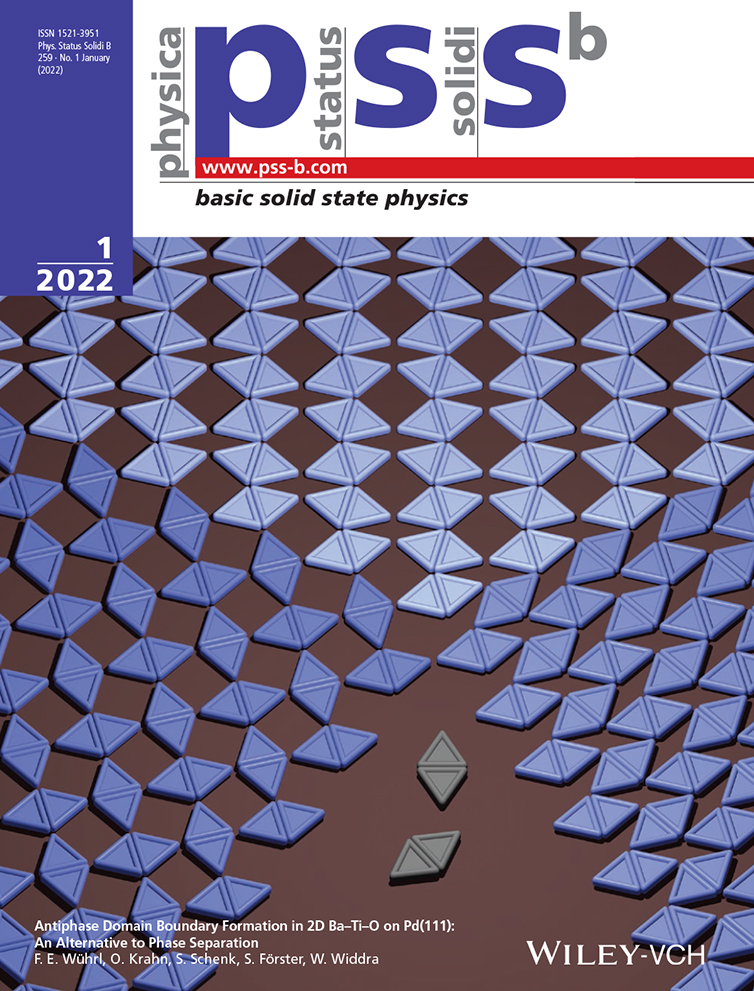On the Temperature Behavior of Optical Gap in Arsenic Sulfide Glasses
Abstract
Temperature behavior of optical transmission in the fundamental optical absorption edge region is studied for a broad range of As–S glass compositions covering the entire glass-forming interval. It is shown that temperature dependences of optical gap values for all bulk glasses can be well fitted by the one-phonon approximation based on Bose–Einstein statistics. Correlation of fitting parameters with thermodynamic data and compositional structural development published earlier is discussed.
Conflict of Interest
The authors declare no conflict of interest.
Open Research
The data that support the findings of this study are available from the corresponding author upon reasonable request.




